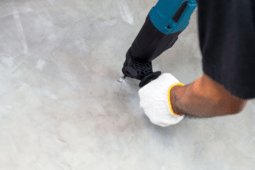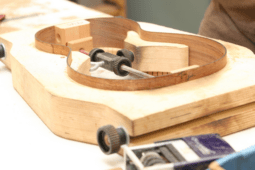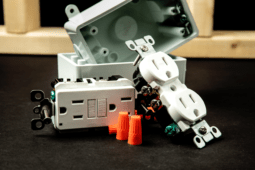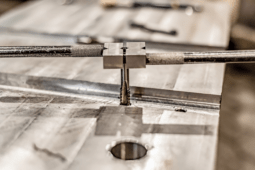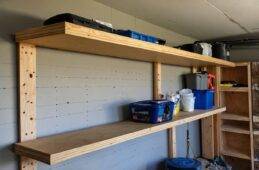How to Backup a Trailer—It’s Easier Than You Think!
Backing up a trailer is frightening to many people the first time they do it, but it doesn’t have to be. If you think counterintuitively, take your time, and mentally map the process it’s not only easy but fun and rewarding as well. Most of the modern American driving population shy away from backing up a trailer, other, more skilled drivers can parallel park a truck and trailer on a busy city street without a second thought. How about being the driver that can park a trailer anywhere?
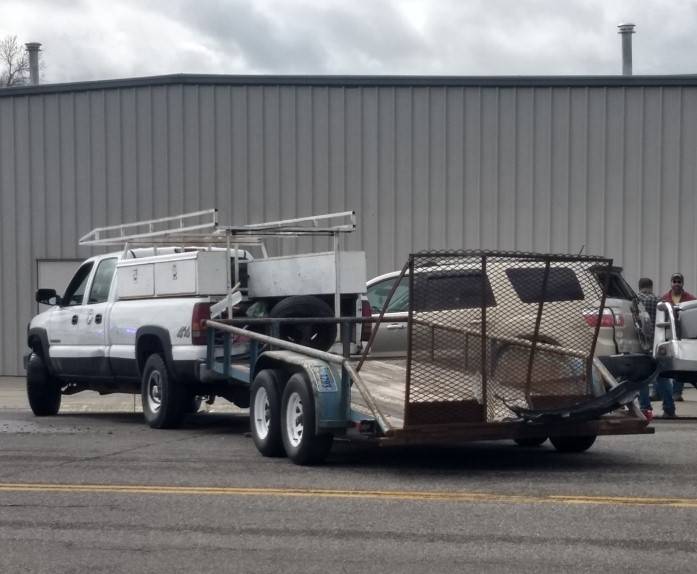
What to Know When Backing Up a Trailer
Avoid Distracting Backup Lights
Modern SUVs and pickup trucks come with backup lights as a standard feature. While they’re great for hooking up a bumper pull trailer, they can be maddening with their incessant beeping when you’re backing up a trailer. If you have them, find the dashboard option that disengages the warning beeper prior to trying to back up a trailer. The noise will invariably affect your ability to back up a trailer. You don’t need the distraction. Shut the thing off.
Use Side Mirrors Before Rear-View Mirrors
Side mirrors are a key to successfully backing up a trailer. Your mirrors are your eyes when driving the trailer back into a parking spot.
The image in your rearview mirror will be the exact opposite of where you want the rear of the trailer to go.
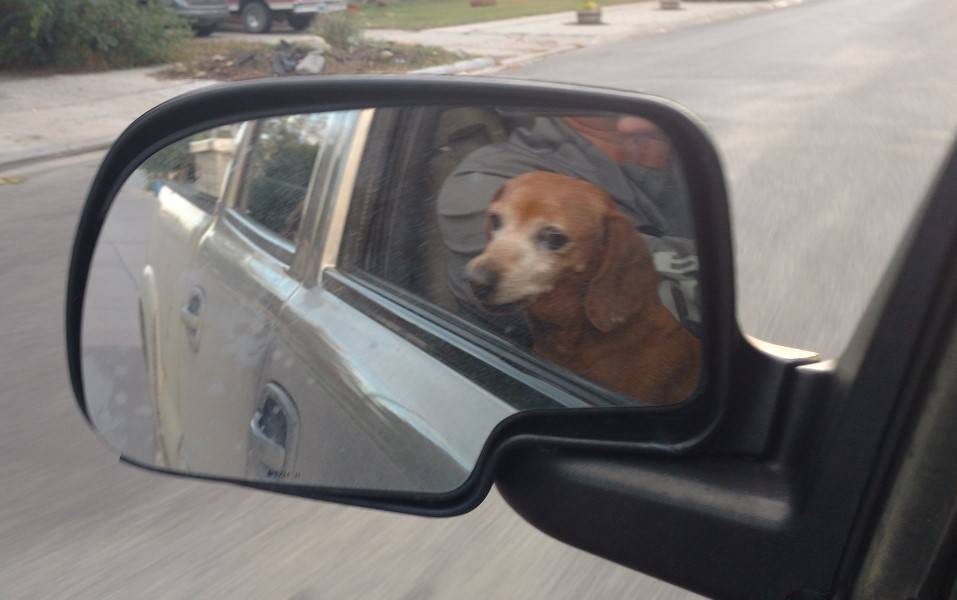
Your Wheels Move Opposite to the Trailer
Turning your tires is also exactly the opposite of where you want the trailer’s back to go. Turn your wheels to the right and the trailer will go to the left. Turn your wheels left, and it will go right. It’s that easy, but it can be confusing, and a little daunting the first few times you try it.
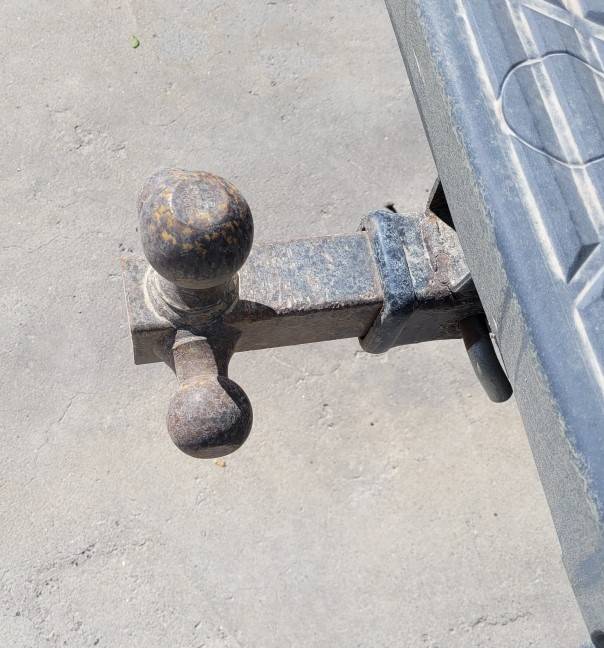
Navigating Different Types of Trailers
Bumper Pull Trailer
A bumper pull trailer can turn sharp, or gradually, depending on the tongue length. The longer the tongue, the more gradual the turn. Tight trailer tongues can quickly create a “jackknife” where the trailer is pushed to almost a right angle, threatening to dent your bumper, the trailer itself, and to break your taillights. If you sense a jackknife about to take place, stop, pull forward, align the trailer with the tow vehicle, and try it again.
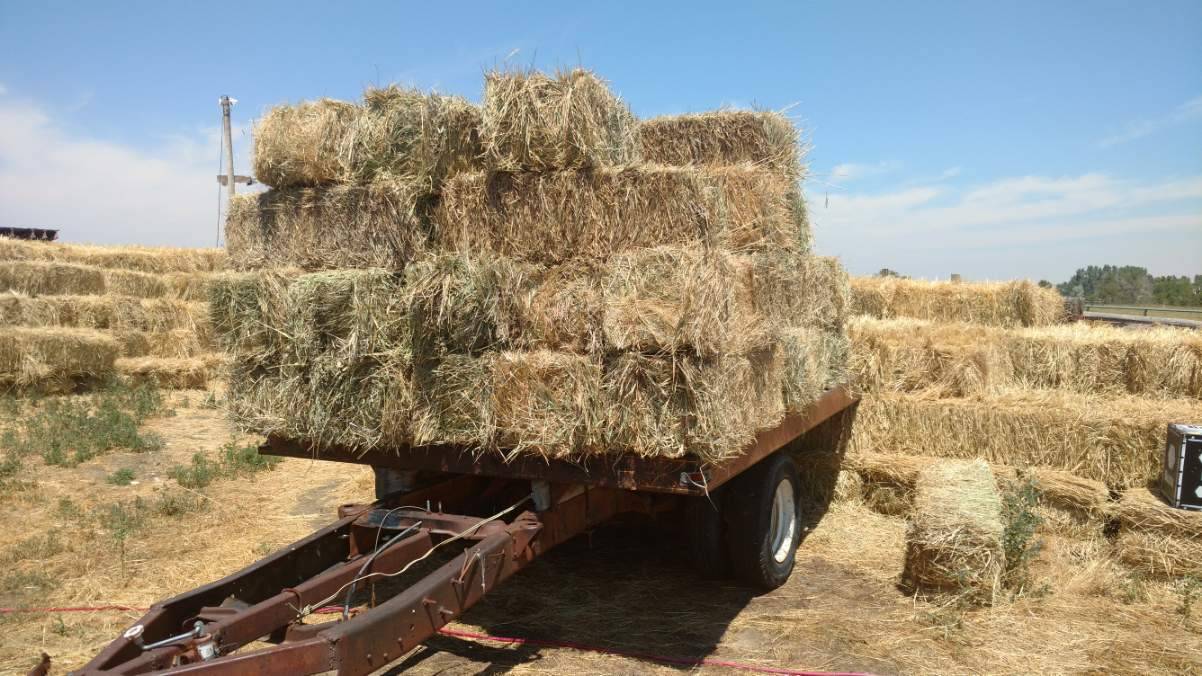
Gooseneck Trailer
A gooseneck or fifth-wheel trailer gives you much more latitude and also allows you to see what’s happening. These two hitches turn a trailer more easily, at greater angles, and allow the optimum control in backing up.
They come with a caveat though. Turn too far in either direction and the corner of the trailer can break out the back glass of your pickup truck.
Trailers should be parked at a very slow speed. Don’t be embarrassed to get out of the vehicle, walk behind the trailer and assess the situation, even after you’ve done it once, and are actively backing up. You’ll be glad you did if you avoid damaging the truck, trailer, or someone else’s property in the backup process.
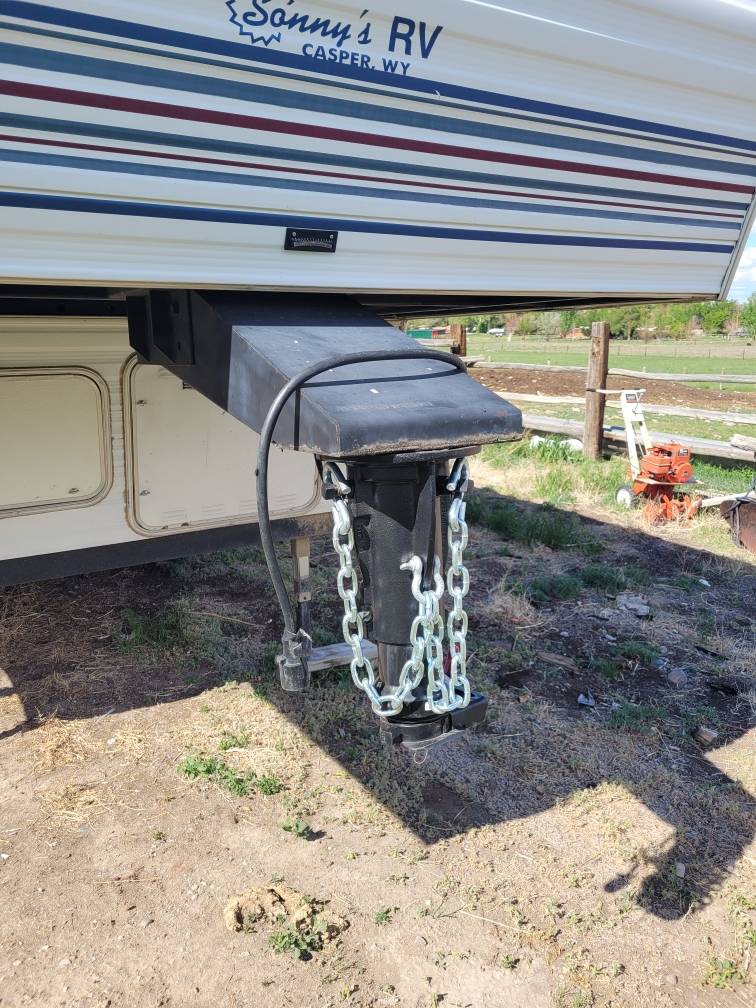
Backing Up a Boat
Backing a boat into the water down a loading ramp is a challenge to many, but most ramps have markers on the land, and buoys in the water to guide you. With a boat, you rarely have to turn the trailer. Once you’ve pulled ahead of the boat ramp, all you have to do is to keep the trailer aligned in both the left and right rearview mirrors as you back up. That’s it. Once the trailer tires are in the water, your rear vehicle tires are next. Watch the mirrors closely, when the boat begins to float you’ve gone far enough, unhitch the boat, let it drift away, and pull back into the parking lot.
Loading a boat is just the reverse. Back the trailer until it’s underwater, pull the boat onto the trailer, attach the hooks, then pull forward. Mission accomplished.
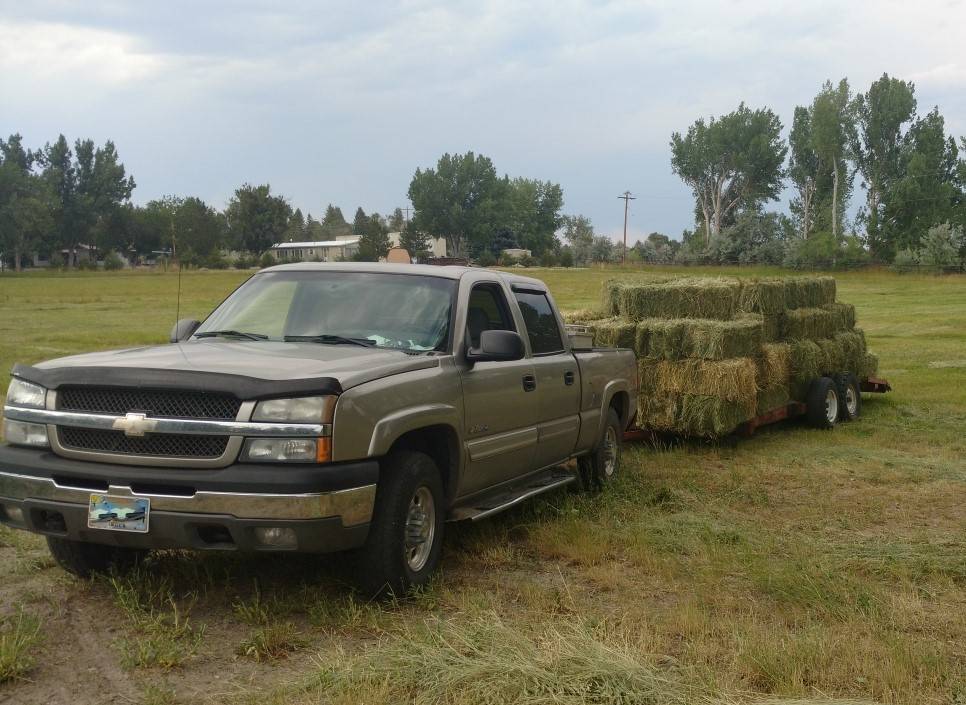
Just remember, left is right, right is left and too much of a turn is a bad thing. You’ll be a pro in no time.

